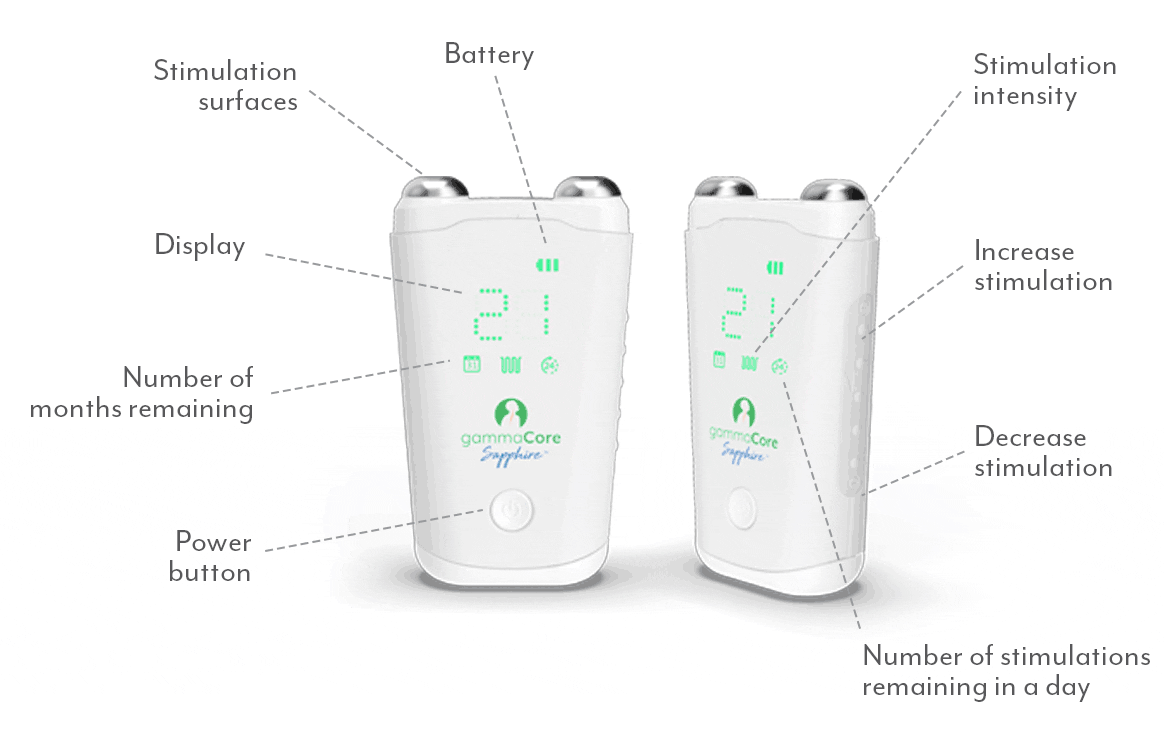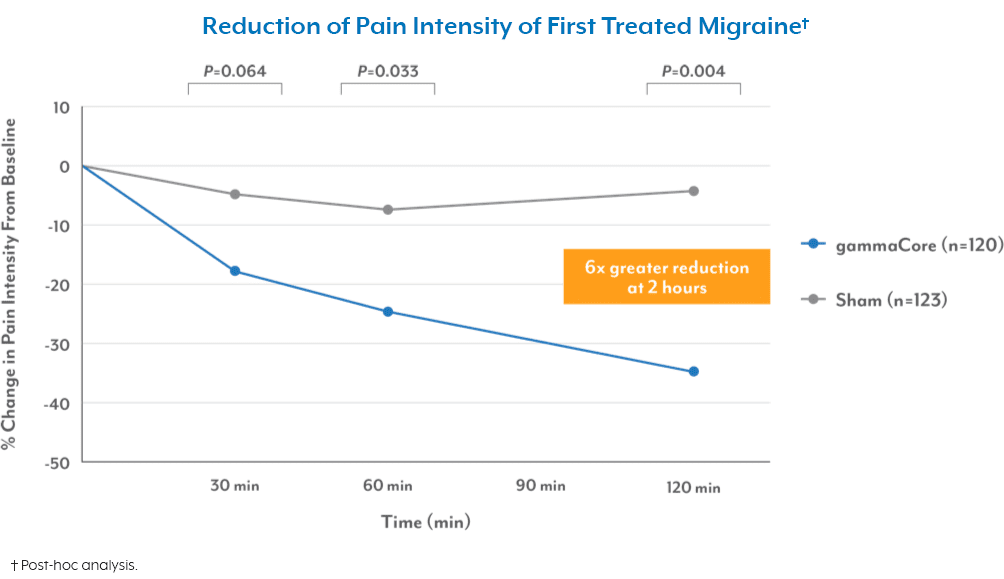 If you’ve been diagnosed with paroxysmal hemicrania, you already know how disruptive it can be. The sharp, stabbing pain that strikes one side of your head multiple times a day can make even the simplest tasks feel overwhelming. The good news? This rare headache disorder is treatable—and there are now more options than ever to help you manage your symptoms and regain control of your day-to-day life.
If you’ve been diagnosed with paroxysmal hemicrania, you already know how disruptive it can be. The sharp, stabbing pain that strikes one side of your head multiple times a day can make even the simplest tasks feel overwhelming. The good news? This rare headache disorder is treatable—and there are now more options than ever to help you manage your symptoms and regain control of your day-to-day life.
First-Line Treatment: Indomethacin
The go-to treatment for paroxysmal hemicrania is a medication called indomethacin, a powerful non-steroidal anti-inflammatory drug (NSAID). What makes paroxysmal hemicrania unique is its dramatic response to this medication—most people with true paroxysmal hemicrania experience complete relief from attacks when taking it.
This response is so consistent that doctors often use it as a diagnostic tool. In other words, if your headaches stop after starting indomethacin, it’s a strong sign you may be dealing with paroxysmal hemicrania rather than another headache type.
That said, indomethacin isn’t without its challenges. Side effects can include:
- Stomach pain
- Nausea
- Ulcers
- Dizziness
- Long-term gastrointestinal issues
Because of this, some people aren’t able to tolerate it, especially if they have other health conditions or are taking medications that increase bleeding risk.
If indomethacin works for you but causes stomach issues, your doctor may prescribe a stomach-protecting medication like a proton pump inhibitor (PPI) to help reduce the risk of ulcers or irritation.[i] That said, there is some research that suggests that the co-prescription of NSAIDs and PPIs can lead to an increased chance of intestinal damage.[ii]
Alternatives When Indomethacin Isn’t an Option
If you can’t tolerate indomethacin or don’t respond to it, your doctor may explore other medications or therapies that may still offer relief in certain cases. Some of these include:
- Other NSAIDs: Like naproxen or ibuprofen, though they don’t usually provide the same level of relief as indomethacin.[iii]
- Calcium channel blockers: Such as verapamil, sometimes used for cluster headache.[iv]
- Antiseizure medications: Like topiramate, which can help reduce the frequency of certain types of head pain.[v]
Because paroxysmal hemicrania is so rare, many of these alternatives are prescribed based on a doctor’s clinical judgment rather than large-scale studies, so results may vary from person to person.
An Innovative Non-Drug Approach: Vagus Nerve Stimulation
For people looking for non-drug options—or those who can’t tolerate medications—non-invasive vagus nerve stimulation (nVNS) is showing promise in treating various headache disorders, including some of the rarer types like paroxysmal hemicrania. The vagus nerve plays a key role in regulating pain signals in the brain. Devices like gammaCore™ non-invasive vagus nerve stimulator (nVNS) are designed to comfortably stimulate the vagus nerve using gentle electrical pulses through the skin of your neck.
gammaCore nVNS is FDA-cleared, has the broadest scope of headache indications for any prescription therapy, drug, or device[vi], and is clinically proven to reduce the frequency and severity of headaches, especially when used regularly as a preventive measure or at the first sign of an attack. Other benefits of include:
- Available with a prescription from your health care provider
- Drug-free pain relief
- Minimal side effects
- Portable and easy to use at home or on the go
- Reliable option for long-term headache management
Living with paroxysmal hemicrania can be challenging, but with the right treatment approach, lasting relief is possible.
To see if gammaCore is right for you, visit our clinic finder to locate a health care provider near you, or contact our dedicated Customer Experience team at 888-903-2673 or customerservice@electrocore.com.
References
1. Gwee, K. A., Goh, V., et al. (2018). Coprescribing proton-pump inhibitors with nonsteroidal anti-inflammatory drugs: Risks versus benefits. Journal of Pain Research, 14(11), 361-374. https://doi.org/10.2147/JPR.S156938
2. Han, Y. M., Park, J. M., et al. (2018). Revaprazan prevented indomethacin-induced intestinal damages by enhancing tight junction related mechanisms. Biochemical Pharmacology, 182. https://doi.org/10.1016/j.bcp.2020.114290
3. (n.d.). Paroxysmal Hemicrania. BrainFacts.org. Retrieved May 9, 2025, from https://www.brainfacts.org/diseases-and-disorders/neurological-disorders-az/diseases-a-to-z-from-ninds/paroxysmal-hemicrania
4. (n.d.). Paroxysmal Hemicrania. BrainFacts.org. Retrieved May 9, 2025, from https://www.brainfacts.org/diseases-and-disorders/neurological-disorders-az/diseases-a-to-z-from-ninds/paroxysmal-hemicrania
5. Camarda, C., Camarda, R., & Monastero, R. (2008). Chronic paroxysmal hemicrania and hemicrania continua responding to topiramate: Two case reports. Clinical Neurology and Neurosurgery, 110(1), 88-91. https://doi.org/10.1016/j.clineuro.2007.09.002
6. Data on file.



